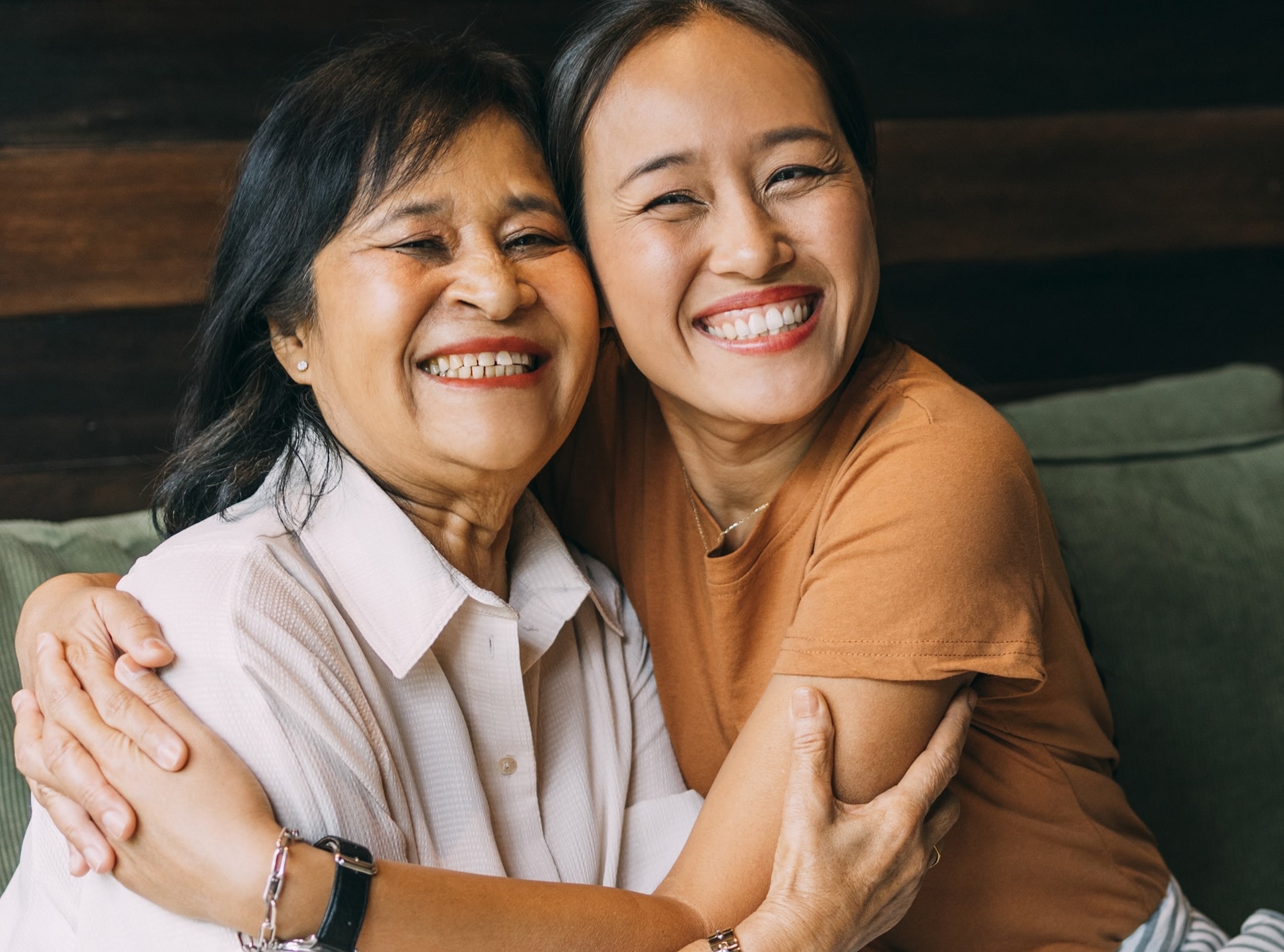
Our Clients
How Our Clients Thrive
Our care-centered model focuses on where and when care happens. That’s why our client satisfaction is high and our caregiver turnover is low, setting the stage for positive outcomes and lives well lived. Help at Home is keenly focused on creating Great Days and Meaningful Moments for our clients and our caregivers.
A successful match requires caregivers who are trained to listen and observe. As a result, our caregivers – who have been intentionally matched with an average of four-year relationships – are attuned to their client’s specific needs. This unique relationship and training helps us deliver on high-satisfaction, high-quality and lower-cost outcomes. And it’s how our caregivers treat clients like family.


A Perfect Match
Our goal to match client needs with the right caregiver skills and demographics provides the foundation for long-term relationships between the two.
This focus and attention to relationship-building further magnifies the caregiver’s ability to be the eyes and ears for the client, and to identify social determinants of health which could avert adverse incidents in the home.
Meaningful Relationships
As a result of intentional caregiver-client matching, our average matched relationship is four years. Having meaningful relationships allows our caregivers to be the eyes and ears in the home. Our trained, observant and compassionate caregivers are there to prevent falls, stove burns, loneliness, depression, and other issues that can lead to hospital stays or assisted living stays resulting in higher medical bills.

Our commitment to training and oversight in order to drive quality care includes:
- Robust recruiting engine to quickly meet client needs
- Extensive pre-service training to ensure caregiver competency and empathy
- Continuing education for caregivers to enhance knowledge and skills
- Regular in-home supervisory visits to assess caregiver effectiveness and client satisfaction
- Supervisor/caregiver face-to-face reviews
- Technology enhancements (partially deployed) remotely monitoring visit initiation, completion and activity tracking
- Complaint tracking and resolution